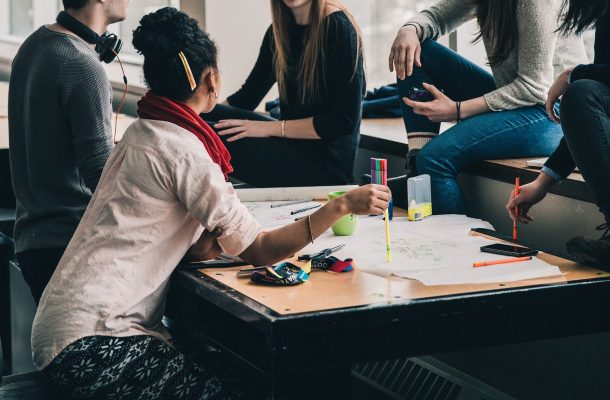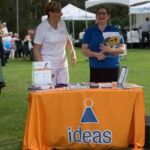Looking to the future

When American education reformer John Dewey offered the words quoted in the opening to the ‘Looking to the Future’ report, there were two realities different today from then: that lifelong learning is both named, expected though not linear, and that careers/employment/pathways are likewise not linear.
The post-WW2 world of Dewey arguably bears limited resemblance to 2020, though preparing young people for the future remains a constant.
Education must serve two fundamental purposes:
• to prepare young people for active, reflective, engaged citizenship in a democratic society and
• for purposeful engagement with the labour market.
This is critical, as we live at a time when trust in democratic governance and institutions is at a low ebb and various (especially cognitive) technologies are transforming current and future work. Working remotely, from hubs or home, has uncovered the actual and potential benefits and weaknesses embedded in the practice of administrative and professional work.
Anxiety for young people is growing, especially flowing from uncertainty regarding their futures. The radical disruptions of COVID-19 have heightened this. They sense that normal life is unlikely to be completely resumed or restored. Economic recovery is likely to be patchy, layered and slow.
This context informs and places in context the work of the expert panel of the Review of Senior Secondary Pathways and its ‘Looking to the Future’ report to the Australian Government.
School graduates do not just need to be employable. They need to be adaptable, flexible and confident. Education must provide students with the essential attributes they require for lifelong learning in whatever pathway(s) they might choose. The professional and applied skills they need will morph and evolve significantly over their lives.
Their jobs – for those fortunate to be in work – will be transformed. Some, filled with and driven by entrepreneurial ambition, will seek and manage to establish their own businesses. The majority will likely switch careers. The critical nature and importance of career education – as a school-based and lifelong service – was highlighted in the ‘Bridges to the Future’ GAP Taskforce on Youth Transitions Report, released in September 2019.
The ‘Looking to the Future’ report outlines 20 recommendations. The necessary elements of change are clear. But the manner of their implementation must be determined by State and Territory governments and education authorities for public, Catholic and independent schools. There needs to be a national response that is responsive to place-based expectations and local needs.
Australia’s Federal system has a long-demonstrated capacity to generate a valuable diversity of ideas, approaches and solutions. Each jurisdiction is well placed to work out how best to consider and enact the best strategies.
The formation and conduct of the recently established National Cabinet has shown the value of Australian governments setting directions in a collaborative, consultative manner, but with each State and Territory implementing decisions in their own ways, responsive and appropriate to their own specific circumstances.
For a ‘future’ filled with success and flourishing:
• All students should expect that they will be supported to meet the minimum literacy, numeracy and digital literacy proficiency standards, which are the foundation for success beyond school.
• There should be agreement on a common language across the entire training and education system for what are variously described across sectors as general capabilities, employability skills, soft skills, core skills or graduate capabilities.
• Once this common language is agreed upon across jurisdictions and sectors, there should be a focus on the capabilities necessary for employment and active citizenship, building on the National Curriculum ‘Foundation to Year 10’ capabilities, and appropriate standards of evidence are developed within the schooling sector(s), focused particularly on Years 11 and 12.
• Students graduate from schools with a ‘Learner Profile’, capturing a broader range of achievements and attributes than schools and systems do currently. South Australia, in particular, is a leader in this. Additionally, young people leave school and can access a digital wallet that can house all their credentials – including a growing range of micro-credentials – that will serve them lifelong.
• All students, including those seeking a university pathway, should be engaged in and supported to undertake career education and work exploration at school, through workplace learning, work skills programs, and/or undertaking applied courses such as design and technology.
• Schools, tertiary education institutions, business and industry commit to and operationalise programs that deliver on experience and outcomes that collaboratively assist and support graduates to transition into post-school life and work successfully.
• Big data and analytics are sharpened and harnessed for better policy, planning and decision making – at macro and micro levels.
Patrick O’Reilly is the General Manager of Pastoral Services at CatholicCare Sydney, and has over 30 years’ experience as a primary, secondary and tertiary educator and leader. He participated in the Review of Senior Secondary Pathways that delivered the ‘Looking to the Future’ report in July 2020.












